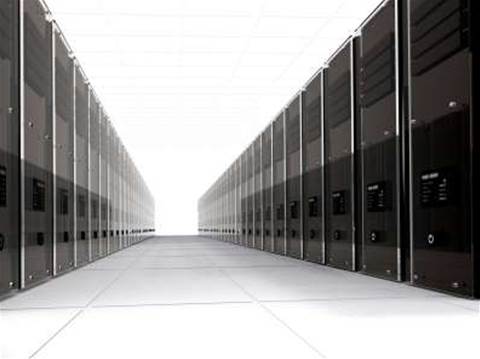Speaking at the launch of 3com's H3C enterprise switch brand in Australia, Chris Malloy, the chief executive of TEX Solutions, confirmed the conflict issue first raised by Global Switch last month.
Driven by requirements like reducing power consumption and increasing rack densities, data centres are exploring options such as modular plant design and increased ambient operating temperatures in the suites to get that little bit more from existing facilities.
But they can't enforce efficiencies onto the customers in those suites, in some cases preventing them from achieving whole-of-centre benchmarks such as tier-level increases.
Data centres are categorised globally by the Uptime Institute using four broad tiers, separated by the number of power and cooling distribution paths and redundant components.
"Operators in the colocation space would like to be able to issue an edict to customers to only use equipment specified to run at a certain level of performance when coming into the room, but they can't afford to do that," Malloy said.
"We're seeing a real conflict between what the data centre operator would like and what colocation will allow them to do.
"Where that conflict really hits is tiering. Lots of tier three operators are indicating they can't go to T4 because they're a co-lo[cation] centre and are bound by customers wheeling in old cabinets and equipment."
Although Malloy declined to reveal which data centres he had consulted to recently, he said modular architecture, green IT and cooling were key issues in the local market.
In particular, he promoted the idea of free cooling even for Sydney's climate, citing Bureau of Meteorology figures that show Sydney temperatures are under 22.2°C at least three-quarters of the year.
Free cooling architectures have previously been earmarked by Fujitsu for a new Perth data centre and also recently by Victoria University.
He also promoted modular plant equipment as the way forward for data centres.
By contrast, Malloy said traditional tile-directed flows and even hot/cold aisle configurations weren't suited to many of today's data centre environments.
"IBM thought up hot/cold aisles 30 years ago," Malloy said.
"It's thirty-year old thinking on design that doesn't satisfy the high density cooling requirements of now."
Malloy was speaking at the launch of 3com's H3C enterprise brand in Australia.
Peter Chai, VP and general manager for APAC at 3com, said he believed H3C would enable the company to "break the status quo" of networking equipment in Australia. It excels, he said, both through its product set and support offering, which is said to include provision for 3com's R&D engineers to be deployed to customer sites.
"We want to break the mindset that you have to compromise quality, integrity and performance of products because you pay less for them," Chai said.
"We're saying you can do much better for networking equipment without paying through the nose for it."







_(11).jpg&h=142&w=230&c=1&s=1)


.jpg&w=100&c=1&s=0)
_(8).jpg&w=100&c=1&s=0)







.jpg&q=95&h=298&w=480&c=1&s=1)
.jpg&q=95&h=298&w=480&c=1&s=1)
.jpg&q=95&h=298&w=480&c=1&s=1)



